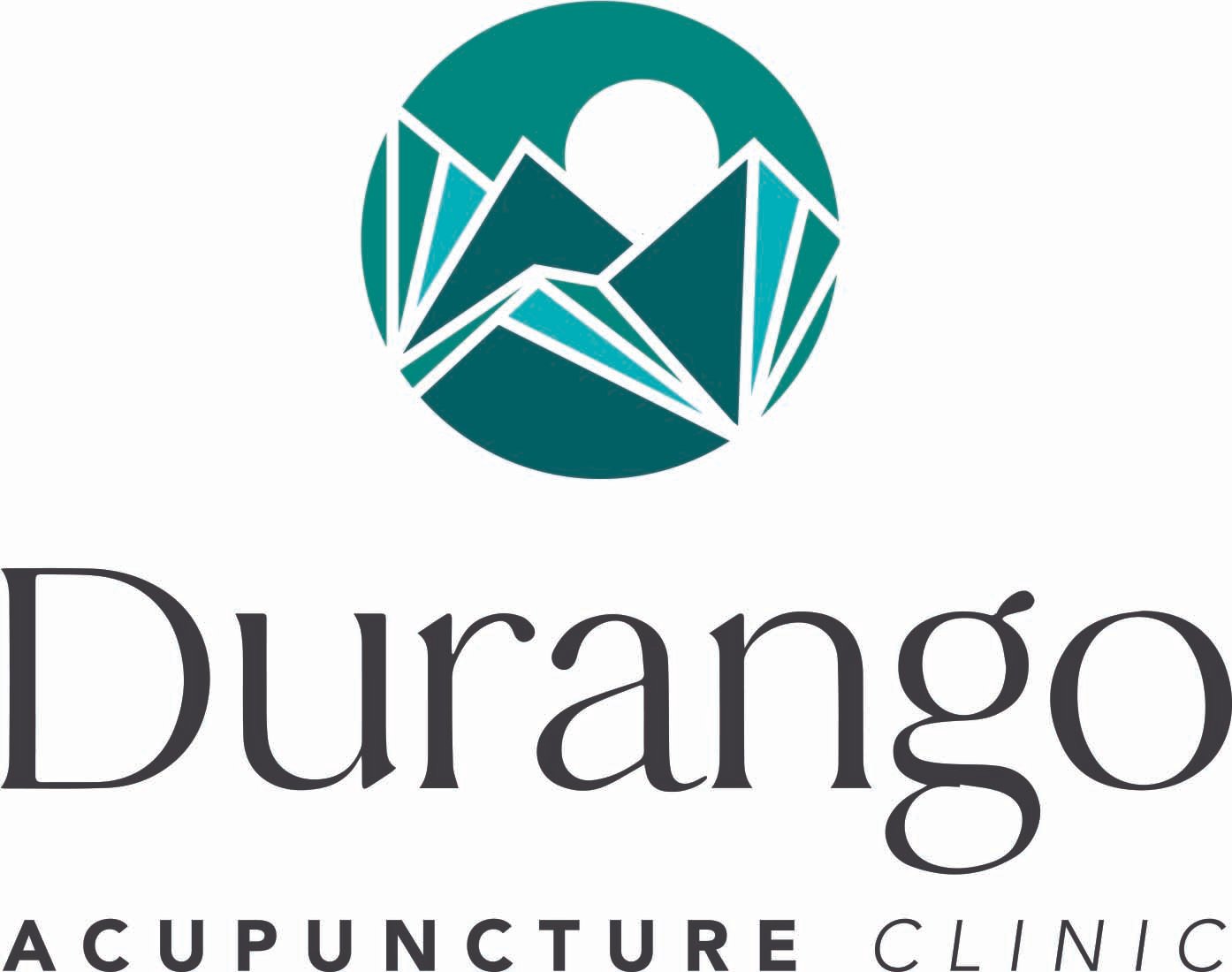Where In The World Is My Myofascial tissue?
And why can't my health practitioners stop talking about it?
After years of flinging this mystical myofascial word around in the office and at the studio, it recently occurred to me that the majority of my clients have no idea where or what their myofascia is and why I can't shut up about it. Therefore, I've decided to compose a series of newsletters detailing the different myofascial lines, how their imbalances can manifest in your body and how Acupuncture and yoga can help. So, fasten your seat belts folks, for numero uno in a series of 6 newsletters where we will tackle the big question, what is myofascia?
Were you aware that you have super powers?
Well, maybe not in the way that you're thinking, but underneath the skin, your entire body is held snuggly in what resembles a spiderman suit. This web of myofascia surrounds and supports all of your muscles in a flexible yet strong silk threaded sweater that resides just beneath the skin. This web of tissue comprises your very own spidey suit and forms as a highly intelligent and sensitive network of microscopic cords which connect every part of the body to each other via tensegrity. This tensegrity or interconnectedness is what gets all of your health practitioners and body workers so excited. It means that just Like a snag on a sweater, damage to a single area of your fascia can affect distant areas in the body, sometimes even after years.
When fascia gets in a kink it can be a real drag
Healthy fascia is soft and supple, but prolonged sitting in cars, desk jobs, over exercise (without stretching) and physical trauma can cause the fascia to become inflamed and lose its pliability, turning our fishnet body sock into a tangled up superglue nightmare. Over time, the result can be an endless feeling of stuckness and pain experienced in a variety of places, from headaches and neck pain to sciatica, tight or torn hamstrings, hip issues and plantar fasciitis with numbness and tingling, breathing difficulties, inflexibility and very poor posture.
Tom Meyers and Ida Rolf
You can't talk about myofascia without sighting the brilliance of these two. Dr. Ida Rolf, developed and introduced the therapy of Structural Integration as a way of correcting the health issues resulting from poor posture. She understood the importance of a neutral spine, core strength and the vital role supple fascia play in proper alignment. Tom Meyers took things further, by outlining in great detail (details that make it difficult to keep your eyes opened when reading his manuals) the different pathways these myofascial trains take and their relationship to the body.
The unsticking of you
Don't let you super hero underwear get into a bunch. There are a variety of ways to help your fascia recover it's limber and sleek self. Acupuncture can help rehydrate fascia by activating the trigger points (pulls in the sweater) that refer pain to other parts of the body. I work with the myofascia every day in my office by releasing muscle tension and increasing blood flow to the affected area. I can also help by recommending diet and supplement prescriptions to aid in reducing inflammation. There'll be no time for slouching either, as you'll be expected to take an active role in your recovery. I'll give you insights into your own postural habits and strategies to rectify those imbalances with specific therapeutic yoga poses tailored to meet your needs.





